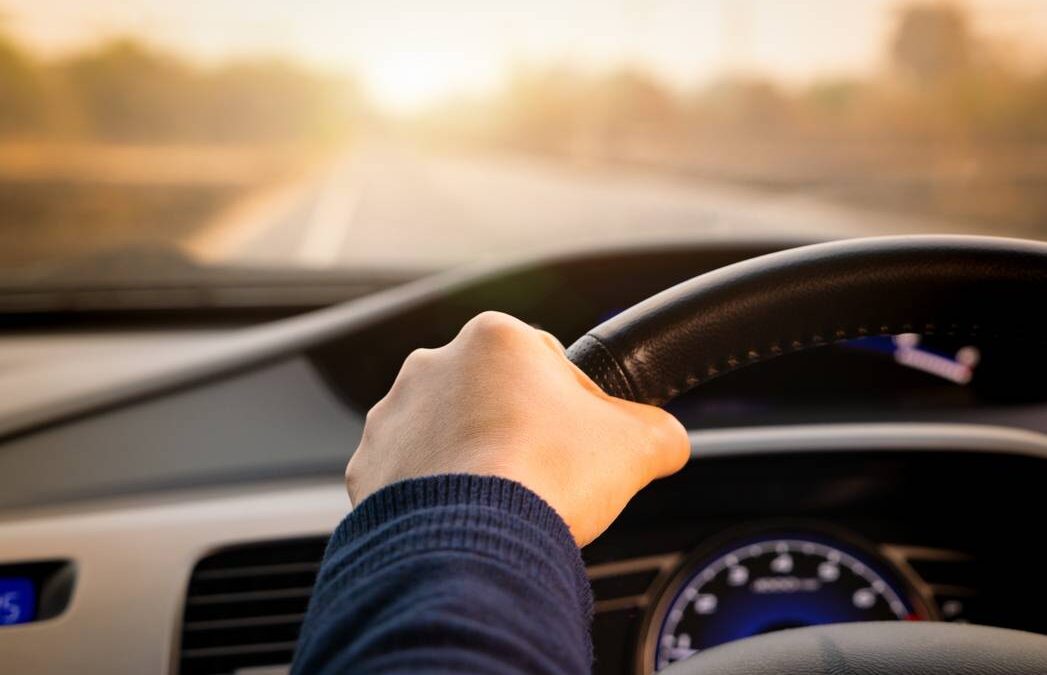You might think that you are a good driver that doesn’t keep any bad habits on the road. You stick to the highway code, you’re considerate to other road users, what could we possibly say that you’re doing wrong?
In fact, many drivers maintain some bad habits that they don’t even realise is doing damage to their vehicles. In today’s blog, we’re looking at 5 bad driving habits that are damaging your car without you even knowing.
Avoid the following bad habits if you want to avoid bills for expensive repairs and even having to make a claim on your insurance.
1. Riding the Brakes Downhill
Think about the last time you were driving downhill, how did you manage it? The correct way would be to just lightly apply the driver’s brakes for a short time, and then release to allow the brakes to cool. Furthermore, you should be in a lower gear as you drive downhill.
If that doesn’t sound like what you normally do, then we’re afraid to say that you’re guilty of our first car-damaging habit. What some do is they apply the breaks constantly all the way down the hill, effectively “riding” them to the bottom. Your brake pads go through enough regular wear and tear without adding the strain of continuous application as you journey downhill.
2. Leaving Your Hand on the Gearstick
When you’re driving, where do you put your left hand? Do you find it the most convenient to rest your hand on the gearstick? This is one of the most common driving postures, but most drivers probably don’t realise that doing this can cause unnecessary wear and tear to the gearbox selector fork. This critical component will wear every time you use the gearstick, it’s true, but that’s no reason to add to that strain.
It does feel natural and convenient to leave your hand resting on the gearstick, especially when you’re driving in traffic and will have to change gears often from first to second, back to first, back to second…and so on. Instead, use the centre armrest. That’s what it is put there for in the first place.
3. Overloading
If we were to ask you how many pounds or kilos of gear you have currently loaded into your car, could you tell us? This is the trouble with many drivers, they’re overloading their cars, applying pressure and putting unnecessary strain on the driver’s brakes and suspension. You might think of your car as an infinitely capable carriage, especially if it’s a larger saloon or SUV, but every car has an upper limit on weight.
This habit is most common with family cars. Besides the full (and growing) load of passengers, family cars have to contend with school bags, sports gear, shopping and more. Not only does overloading the car add strain to the vehicle, but it makes driving less safe. Braking distances are increased and the car’s overall manoeuvrability is reduced, which makes it tougher to take corners properly.
Think twice before putting extra things into your car. Ask yourself if it’s something you need, and establish good habits of cleaning out the car of unnecessary things each week to keep the weight down as much as possible.
4. Ignoring Speed Bumps and Potholes
Speed bumps may be an annoyance to you, but they are there for a reason to keep traffic in key areas moving at lower speeds. This makes everyone in the area safer, unless you are one of those people who sees speed bumps as a mere challenge to your on-road “authority.” You might think you’re king of the road, but hitting those speed bumps at regular speed is only going to damage the underside of your own car.
Good drivers will do all they can to avoid driving over potholes entirely, and those that are forced to will slow right down. Hitting potholes at full speed can leave you with buckled wheels, cracked alloys, damaged tires and worse.
Both speed bumps and potholes are obstacles in the road to be handled carefully. If your current habit is just to “power through” without any consideration about what’s happening to your car, then you’ll inevitably have more repairs to deal with than other drivers who have a better habit of care and patience when approaching these obstacles.
5. Riding the Clutch
If you drive a manual transmission, think about whether or not you lift your foot entirely from the clutch when you’ve changed gears, especially when driving in traffic. Do you take your foot away from the clutch? Or, do you depress the clutch pedal, change gears, but then “ride” the clutch at the biting point never fully releasing it?
It’s a very common habit, especially in low-speed high traffic situations where people barely move out of first and second gear. The trouble is while you think you are doing something that makes the driving easier on yourself, you are actually applying unnecessary strain to the car’s clutch. That’s an expensive part to replace, you know, so it’s better to avoid any potential damage.
Conclusion: Follow Our Advice, and Your Car’s Warning Signs
The above five habits are just a few examples of bad habits that are damaging your car without you realising. On top of these, perhaps the most dangerous habit of all is ignoring the warnings that your car is giving you. When you see a “Check Engine” light on the dashboard, how do you normally react? If your first feeling is “ignore it, it’s probably just being over-sensitive,” then you are sentencing your car to more potential damage, and yourself to possible expensive repairs.
Work on ceasing your bad habits, and listen to the warning signs that your car gives to you. It will be cheaper to run and maintain your car in the long run if you do.



